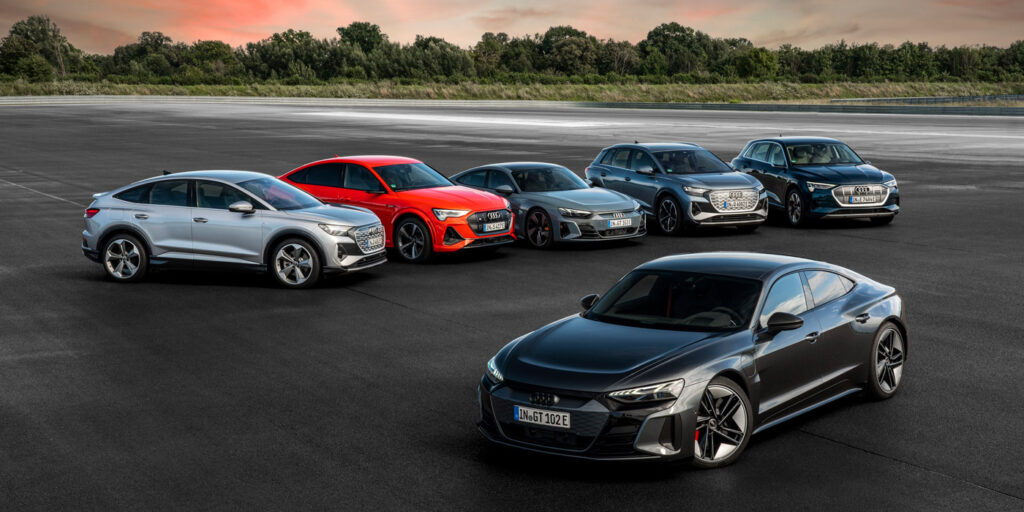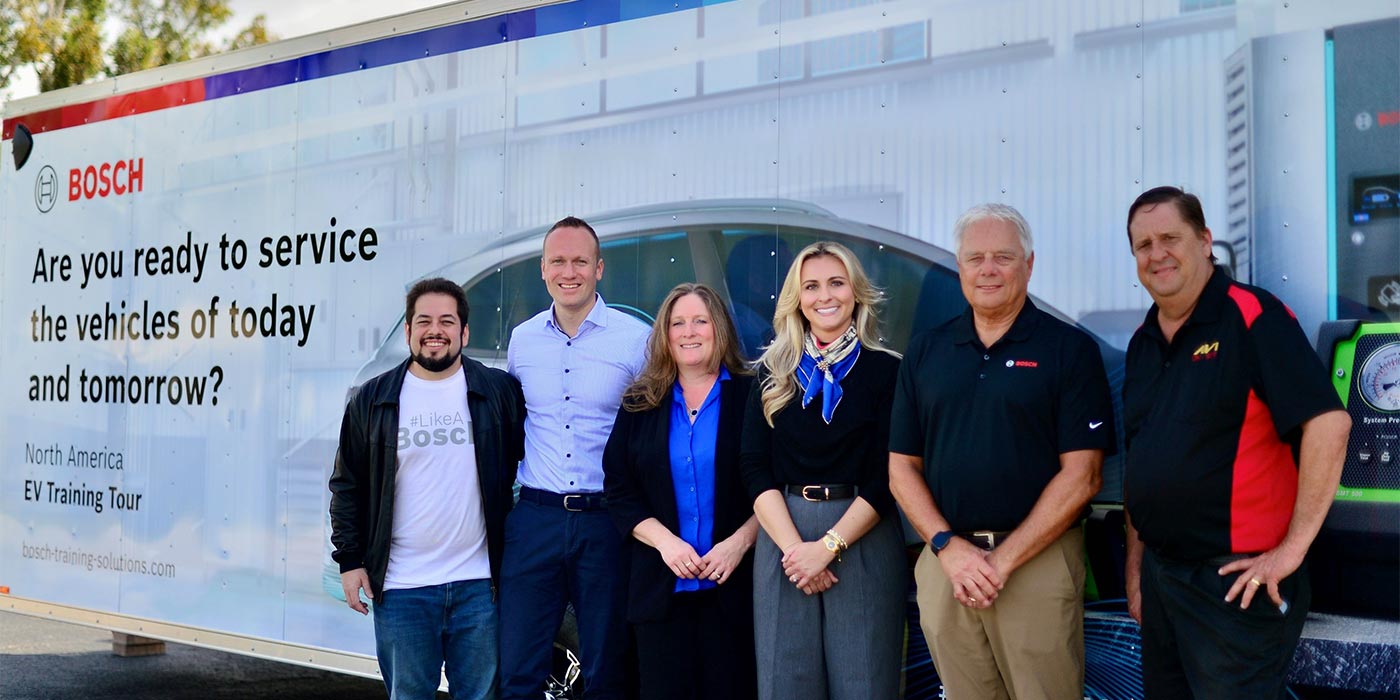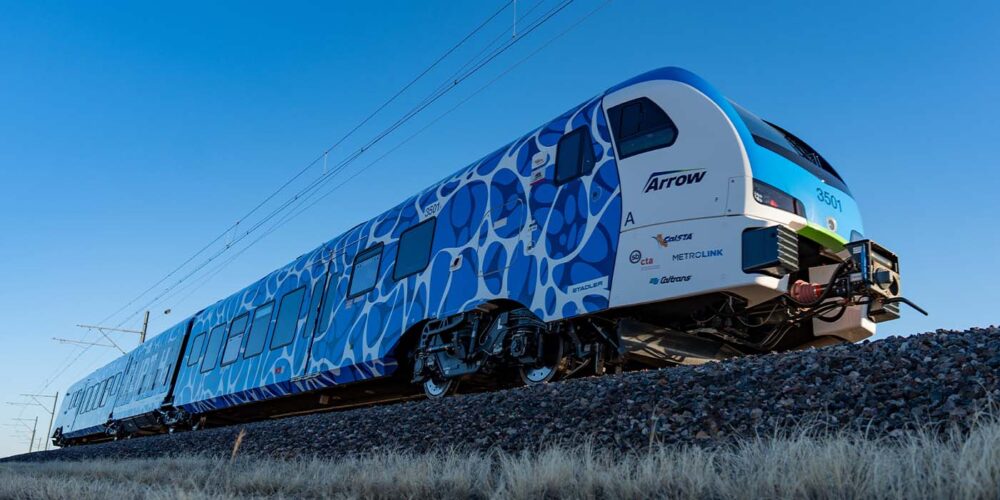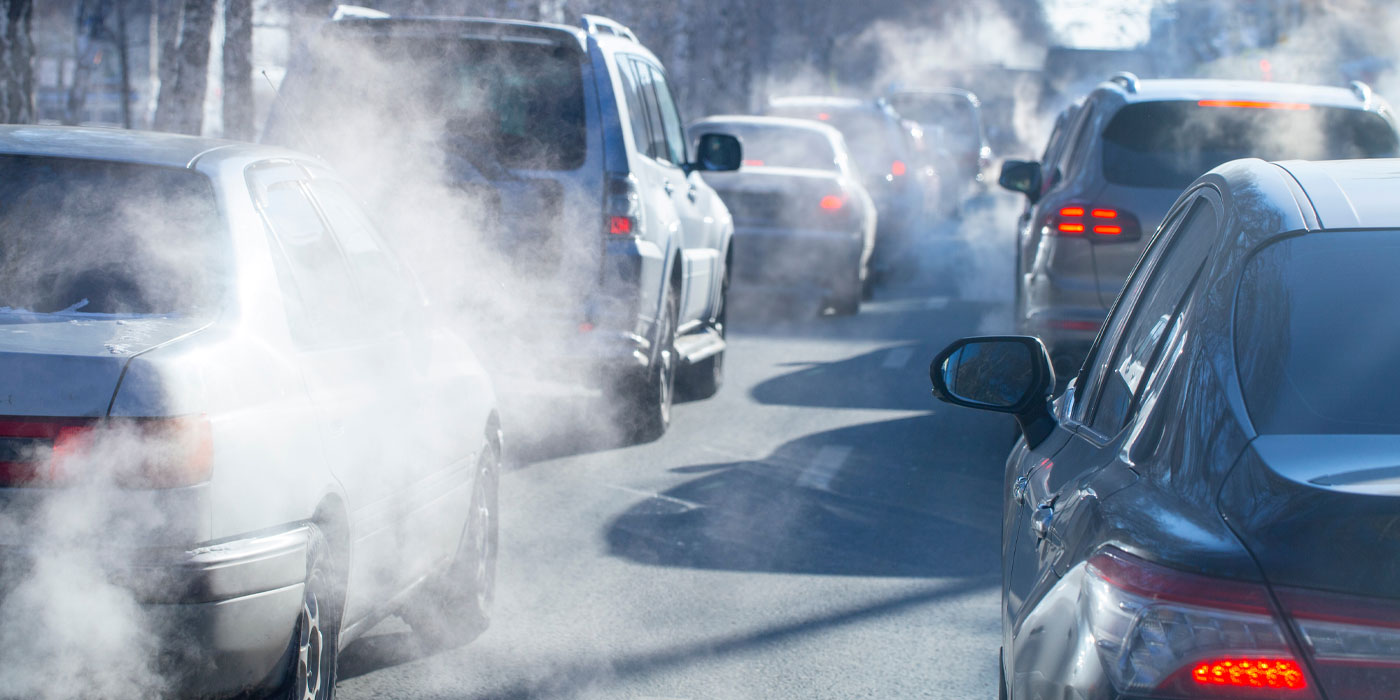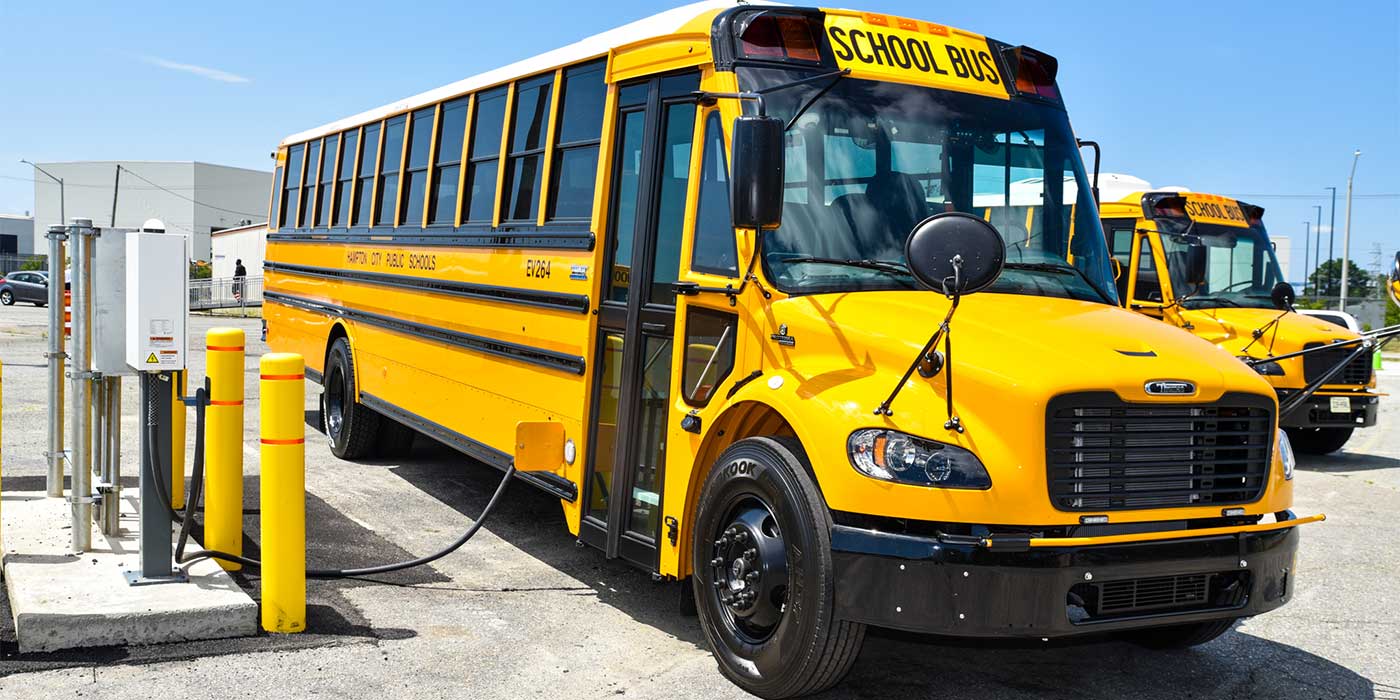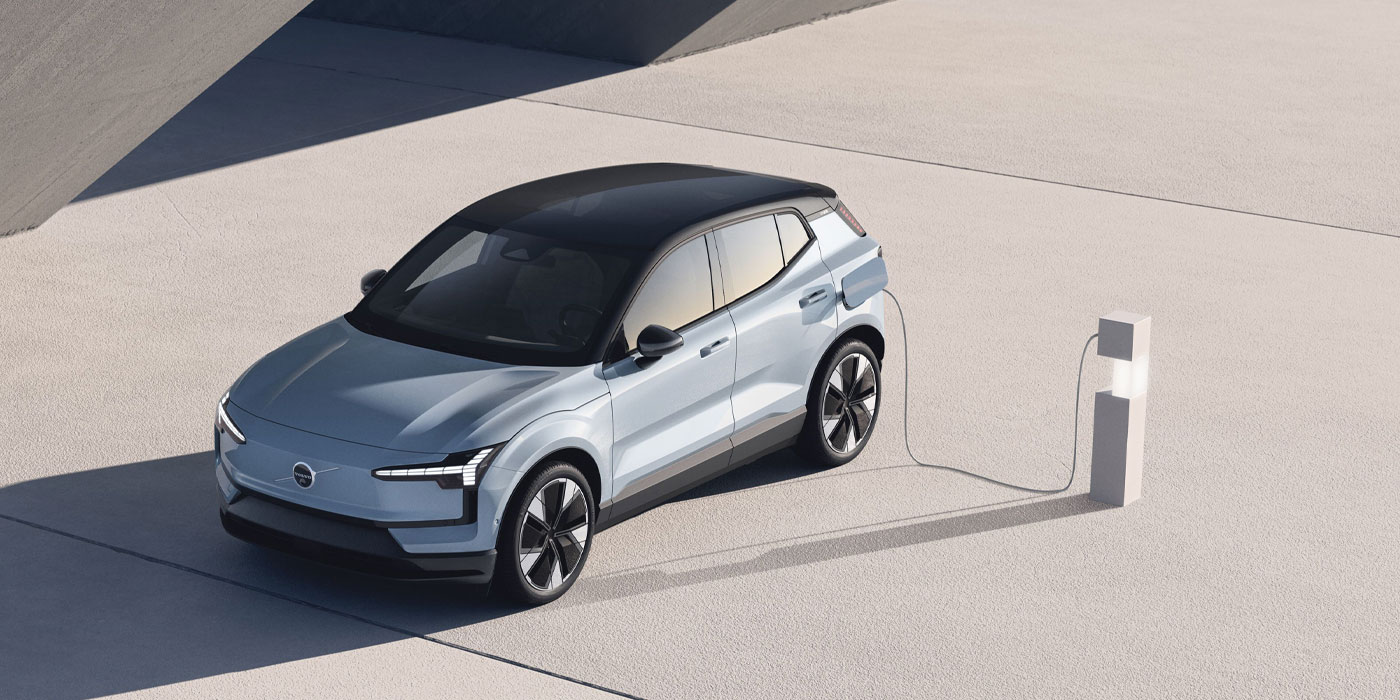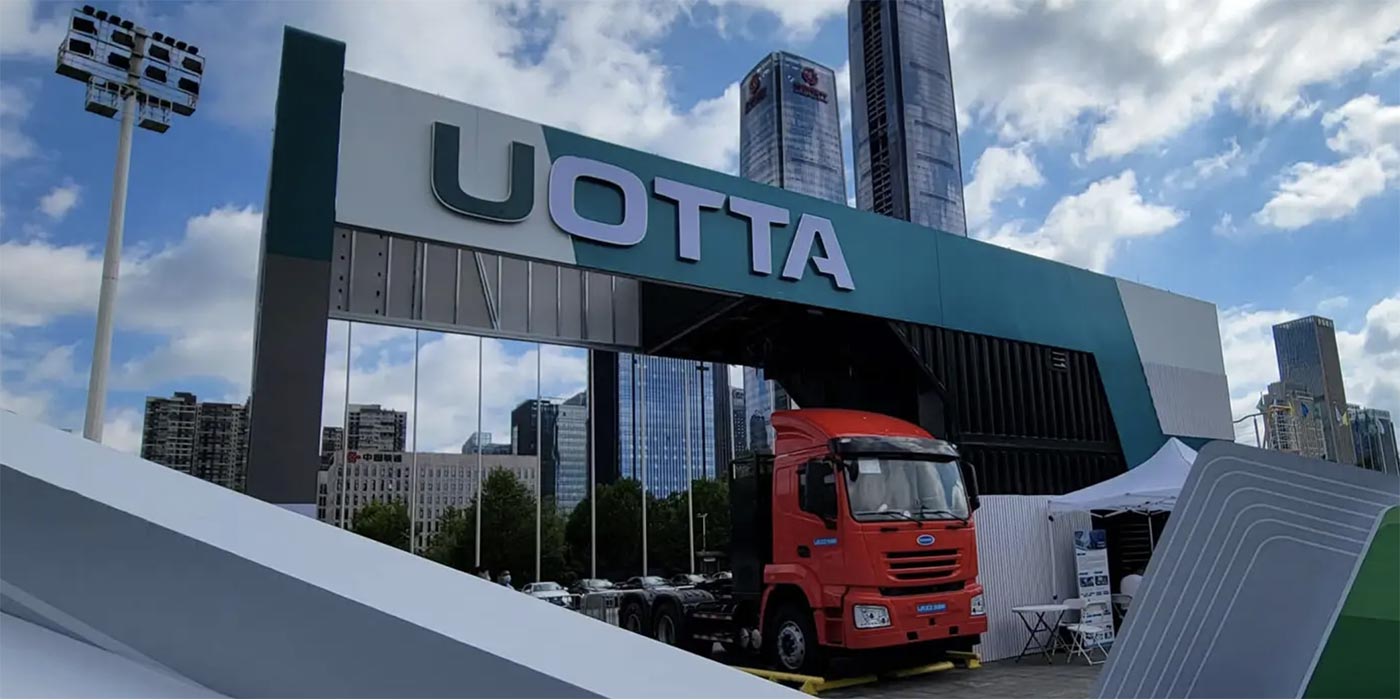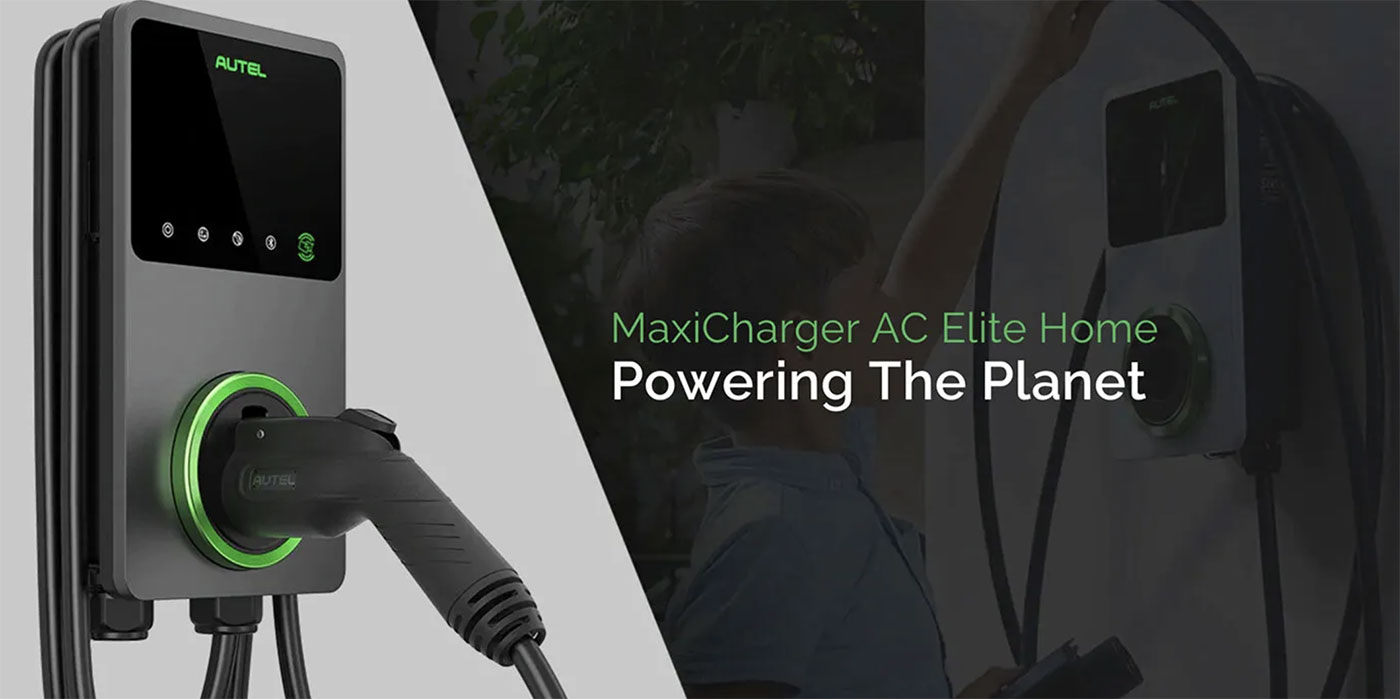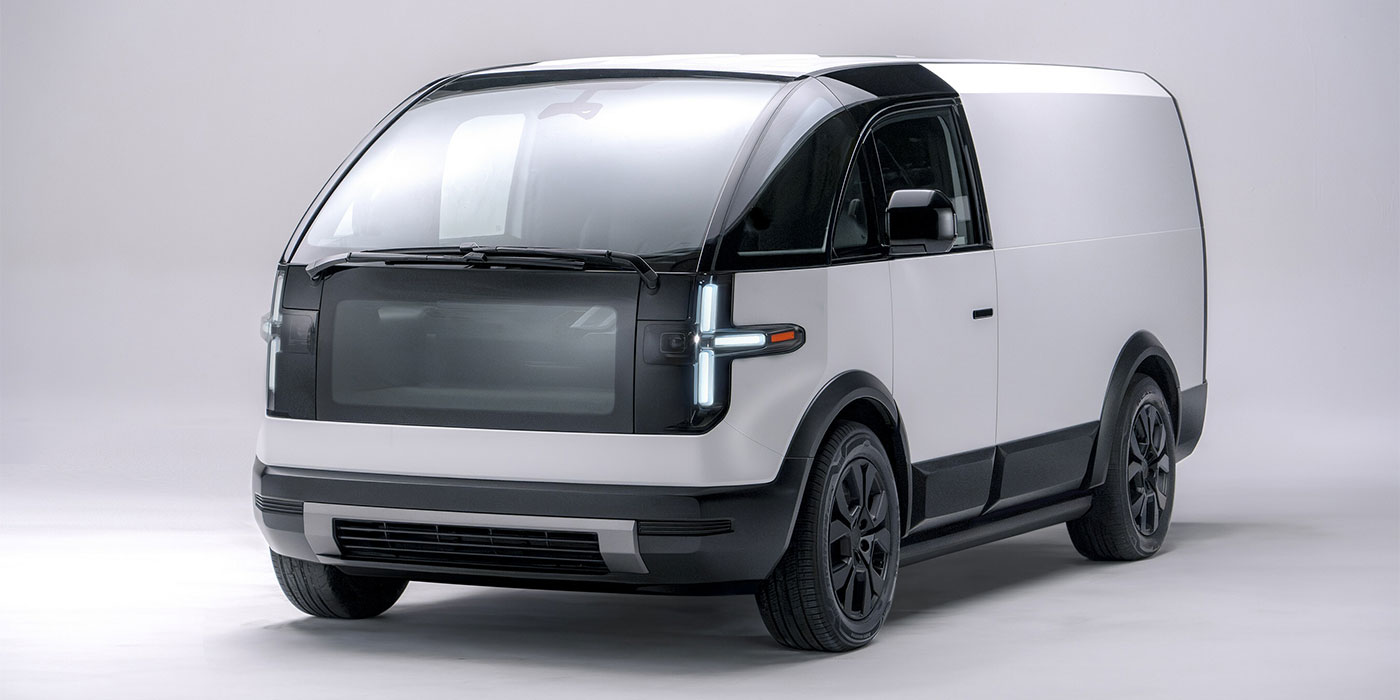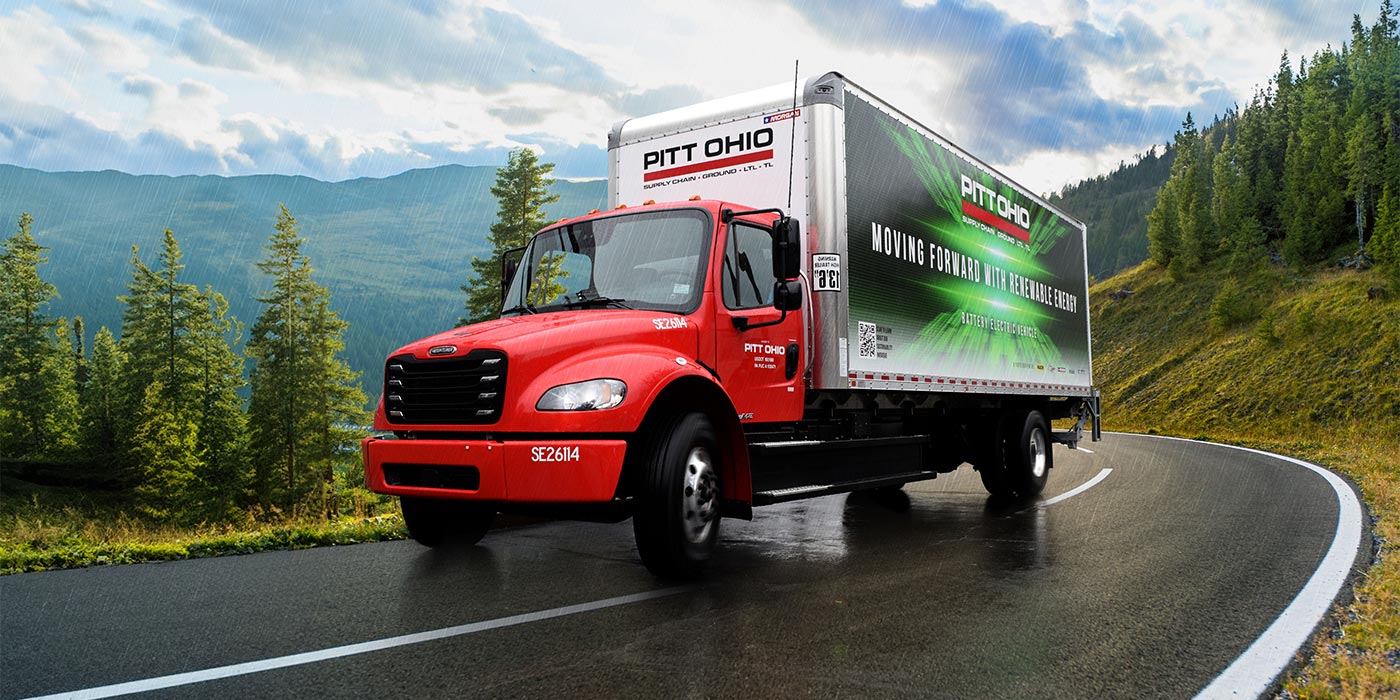Audi says that starting in 2026, it will only launch new models on the global market that are equipped with electric drive systems. The company will gradually phase out production of its internal combustion engines between now and 2033. This is part of the company’s “Vorsprung durch Technik” (“Progress through Technology”) slogan and corporate strategy, Audi CEO Markus Duesmann says.
Audi says it will also more closely align business success with sustainable activities on the basis of environmental, social, and governance (ESG) criteria. These criteria include climate change mitigation and the protection of finite resources, occupational health and safety, social responsibility and corporate governance practices related to compliance and risk management.
In addition to the plan to phase out the internal combustion engine, Audi says it will more strongly differentiate its all-electric vehicles from the competition through quality and design as well as increasing the added value for customers. This includes a seamless ecosystem for electric and autonomous driving. As of result of the changes, Audi will be in closer and more frequent contact with their customers in the future, with new digital and physical offerings, according to John Newman, head of digitalization at Audi.
Audi space frame, quattro, matrix LED headlights, and numerous patents related to e-mobility are some of the innovations Audi has listed. Alongside e-mobility, focal points of the Volkswagen Group’s strategy include enhancing connectivity, digital services and expanding the use of internally programmed systems, the company says. In the future, customers will be able to upgrade their vehicles and update or install subsystems as needed, Audi says.
At the same time, Audi says it is aggressively working on efficient manufacturing processes and smart technologies in production. In the Audi Production Lab, for example, the company says it is driving the development of new manufacturing solutions. Meanwhile, the Audi site in Neckarsulm plays a pivotal role as a pilot factory and real-world laboratory for the digital transformation. IT solutions and input from technology partners such as Amazon Web Services, SAP and Capgemini are being incorporated into the Industry 4.0 project to create a fully connected factory there.
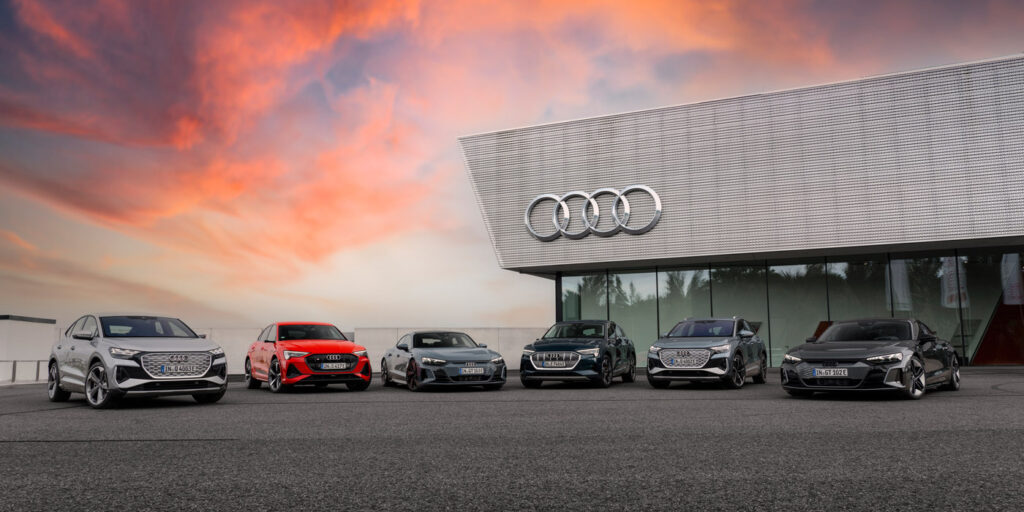
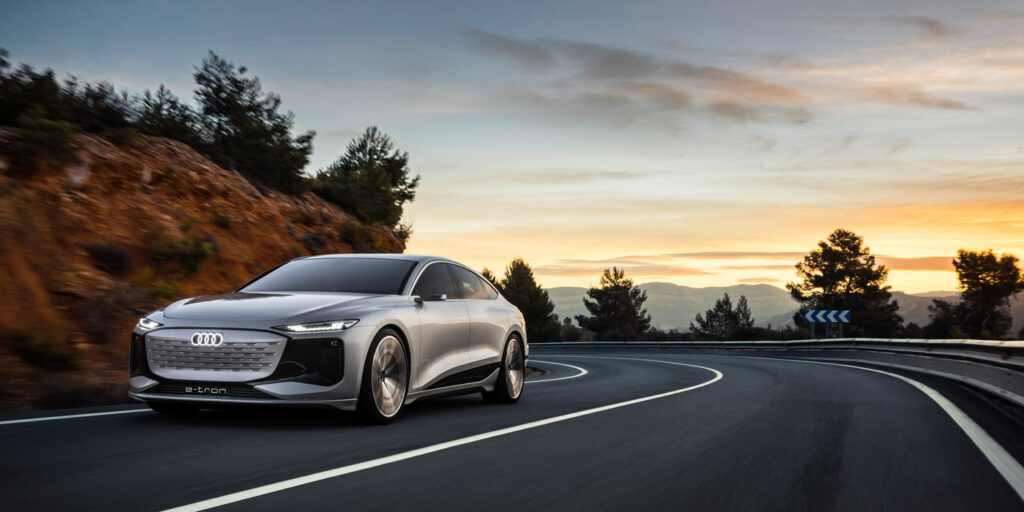
Audi adds that the Chinese market will continue to play an important role in the company’s new strategic alignment. Audi estimates that the market for premium vehicles there will grow to 4.5 million units annually by 2030 – in 2020, this figure stood at 3.1 million vehicles. Furthermore, electric vehicles’ share of this total could increase from 10% today, to as much as 40% by the end of the decade.
To date, Audi has shipped a total of more than 7 million vehicles in the Chinese market, selling 727,358 vehicles in China in 2020 alone. In the first half of 2021, this figure stood at 418,749 vehicles.

